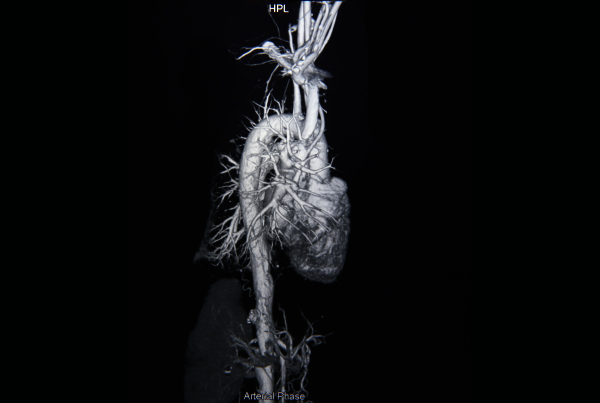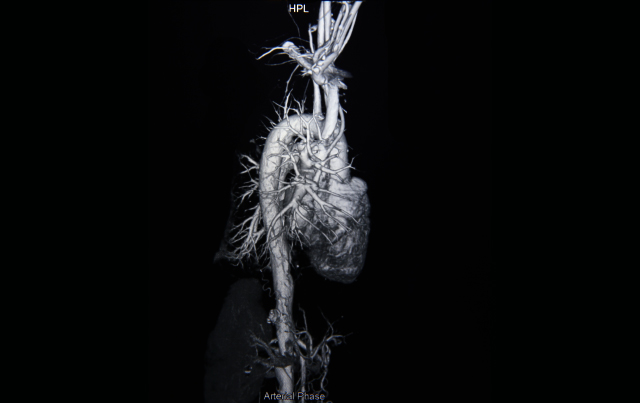Predicting Major Cardiac Events in Women


Sunil Ram, MD
Adding to the challenge of diagnosing women with coronary artery disease, a study presented last fall at the Radiological Society of North America 2011 annual meeting showed that women with a comparable amount of plaque in their vessels as men have a higher risk of suffering a major cardiac event than men.
Given the added risk, Sunil Ram, M.D., a radiologist at Scottsdale Medical Imaging Ltd. (SMIL), says that after a routine work-up including EKG and a physical exam, female patients who fit the appropriate profile could benefit from a coronary CT angiogram (CTA).
“The usefulness of a coronary CT angiogram is the extremely high negative predictive value, approaching 100 percent,” says Ram, who is also clinical assistant professor of diagnostic radiology at the University of Florida. “This is very useful information to have in all patients, especially for women in whom you may be entertaining several diagnoses. You can very easily exclude one very critical and lifethreatening diagnosis with a quick, noninvasive test.”
CTA also gives you more information than conventional catheter angiogram, Ram says. Conventional catheter angiogram evaluates only the lumen, whereas CTA evaluates the lumen and the vessel wall. This information is being shown to be useful in predicting coronary events, especially in women. In contrast to CTA, he says conventional coronary angiography carries the risk of stroke, cardiac arrhythmias, arteriovenous fistulas, pseudoaneurysms and even death.
Perhaps more significantly, Ram says, is the SMIL approach to cardiovascular imaging. “SMIL has dedicated, fellowship-trained radiologists who specialize in cardiac imaging. As a result, patients who come to us will have their studies performed and interpreted by physicians with the highest level of expertise and training,” he says. “We have close working relationships with cardiovascular specialists, including cardiologists and cardiothoracic surgeons. This allows us to provide patients with comprehensive service.

